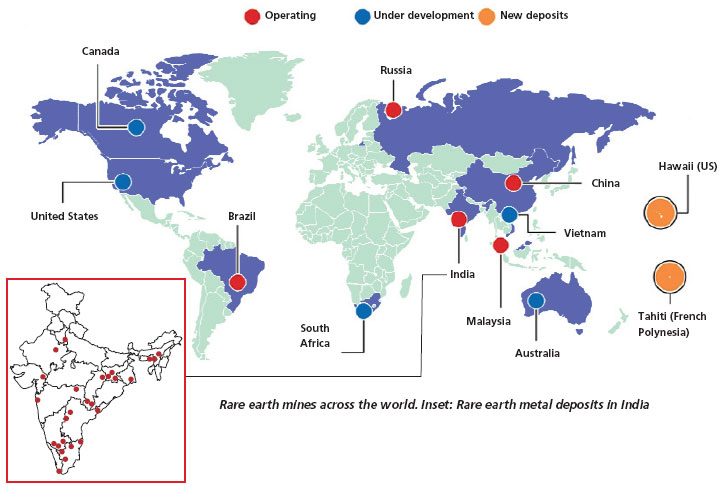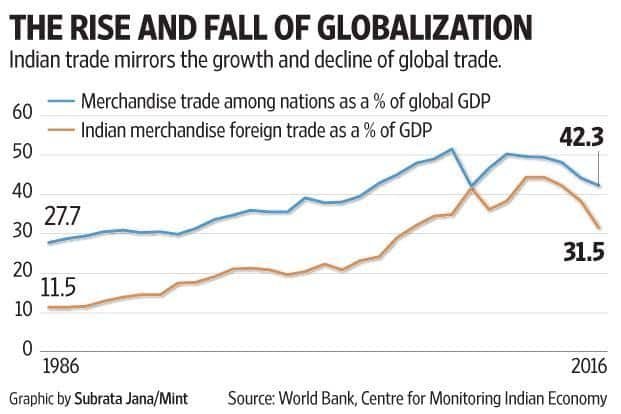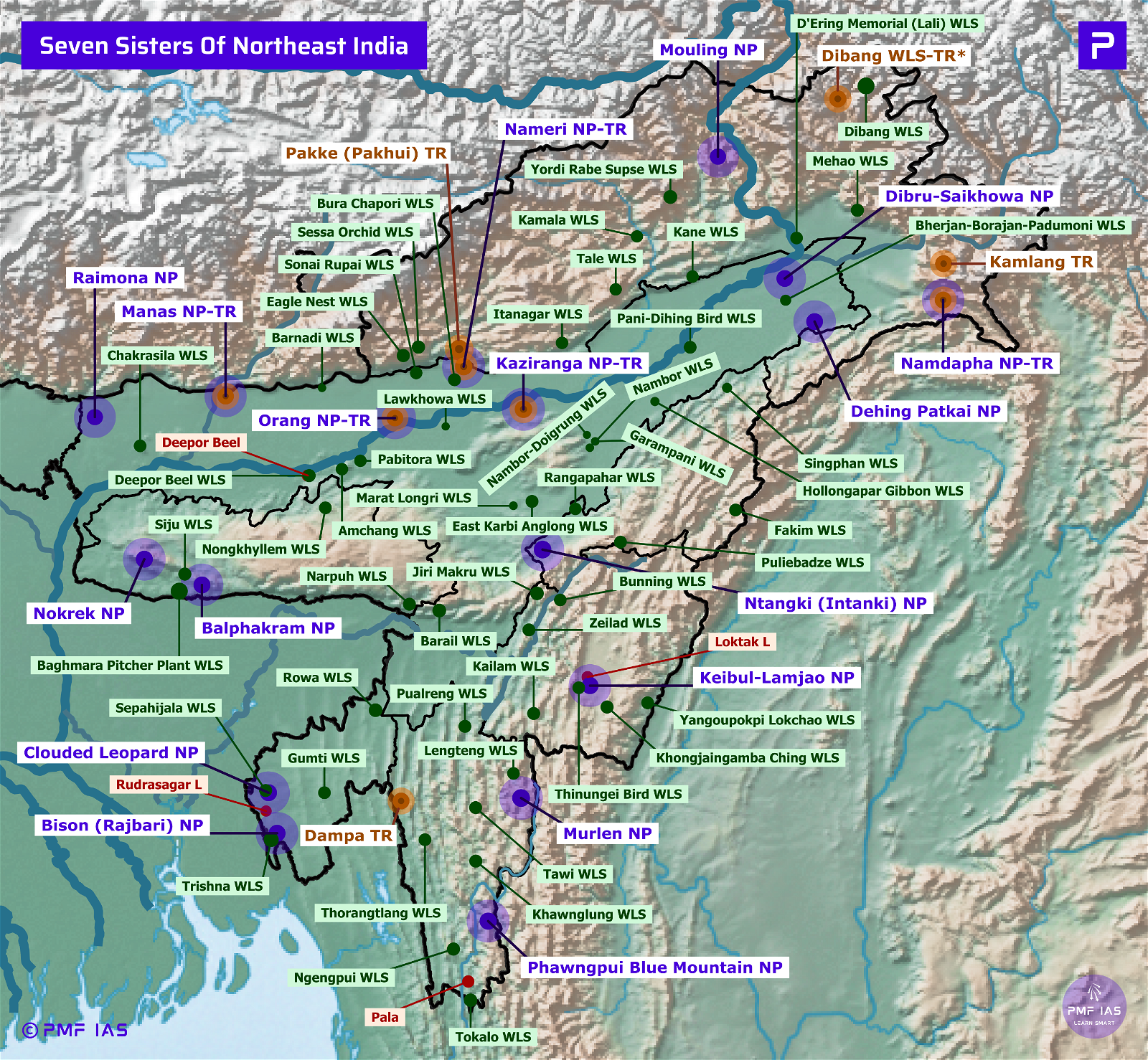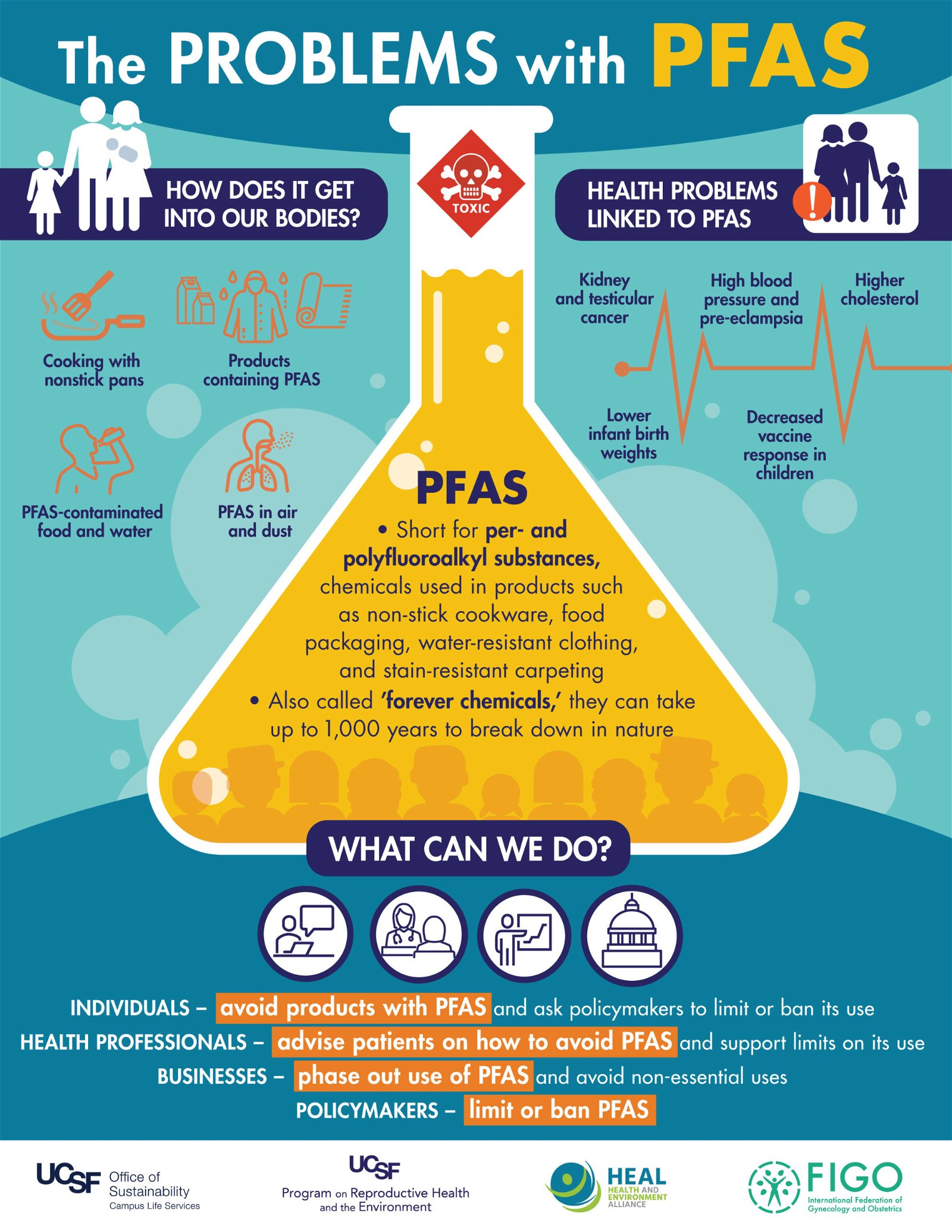
Current Affairs January 28, 2024: Recycling of Rare Earth Metals, Globalisation & Its Impacts, Design Linked Incentive (DLI) Scheme, Punganur Cows, Tanin, Caffeine
Subscribers of "Current Affairs" course can Download Daily Current Affairs in PDF/DOC
Subscribe to Never Miss an Important Update! Assured Discounts on New Products!
Must Join PMF IAS Telegram Channel & PMF IAS History Telegram Channel
{GS1 – Geo – EG – Mineral Resources} Recycling of Rare Earth Metals
- Context (IE | NT): A new study by Chinese and Dutch researchers reveals that reusing or recycling Rare earth metals can meet 40% of their demand in the US, China, and Europe by 2050.

Significance of Rare Earth Metals
- Rare earths play a crucial role in green technologies like electric vehicles and wind turbines.
- Industries such as aircraft, missile, and satellite manufacturing rely on rare earth metals.
- Unlike fossil fuels, rare earths can be recovered and reused.
- They have unique magnetic, luminescent, and electrochemical properties.
Significance of recycling
- Recycling rare earths can reduce the environmental impact of mining operations. Mining often pollutes soil and water with toxic heavy metals, posing environmental and health risks.
- Rare earth mining operations are sometimes associated with local conflicts and human rights violations. E.g. Myanmar–China Border Region. Reusing already-mined rare earths can contribute to ethical sourcing and conflict-free supply chains.
- Using our old stuff for rare earth metals can make our supply chains safer and reduce risks.
- Reduce the cost of renewable energy There can be a 60 per cent reduction in mining of Neodymium and dysprosium (REM) (used in wind turbines) by 2050 through effective reuse and recycling.
Challenges
- Only about 1% of rare earths in old products are currently reused or recycled. While common metals like iron, copper, and aluminium are widely recycled.
- Rare earths are frequently mixed with other metals, making their extraction challenging.
- Some rare-earth recycling methods involve the use of hazardous chemicals.
India & Rare Earth Metals
Principal sources of Rare Earth Elements (REE)
|
{GS1 – IS – Issues} Globalisation
- Context (HT | TOI): External Affairs Minister, during the 6th India-Nigeria Joint Commission Meeting, highlighted the positives and negatives of Globalisation.
- He held trade, tourism, and currency as weapons used to distort the ‘diverse’ world.
What is Globalisation?
- Globalization refers to the intricate process of increased interconnectedness and interdependence among countries, economies, cultures, and societies on a global scale.
- It is a complex web of phenomena associated with increased de-territorialization and referred to by prepositions such as ‘Global Village’, ‘Borderless Village’ etc.
- The process transcends traditional barriers, where international trade and cultural exchange converge to shape a ‘global village’ marked by intricate networks of cooperation and competition.
Drivers of Globalisation

How has Globalization impacted the world and India?

Impact on Polity
Positive Impact
- Increased emphasis on transparency, accountability, and the rule of law has had a positive impact on the governance system ensuring robust democratic institutions, and enhanced citizen participation.
Negative Impact
- Loss of sovereignty: It makes the role of states negligible as it is influenced by free international trade.
- Regulations framed by IMF, WB, & WTO impose moral obligations on member states to rationalize their policies that may not always align with their national interests. E.g. conditionalities imposed on India during the 1991 crisis.
- Excerbate political instability: It may lead to identity politics, the quick spread of misinformation fuelling instability in the country. E.g. use of social media by terror groups to spread fear.
- Political tensions between countries in a bid to protect the interests of domestic industries witnessed in increase in disputes in WTO, a rise in protectionism measures, etc.
Impact on Culture
Positive Impact
- Cultural resistance, acting as a catalyst for cultural revitalization to restore and celebrate the unique languages, rituals, and traditions in response to hegemonic forces of dominant cultural paradigms.
- Manifested in the rising popularity of Indian festivals like Diwali, popularity of Indian Film Festivals like Mumbai Film Festivals.
- Cultural diplomacy: Globalization has enabled India to project its cultural heritage and values on the international stage, enhancing its soft power and global influence. E.g. International Day of Yoga.
- Media and entertainment have allowed Indian artists and creators to reach global audiences and have also introduced international content to Indian audiences.
- E.g. success of Natu-Natu song, widespread recognition of Indian actors like Priyanka Chopra in Hollywood.
Negative Impact
- Cultural Homogenization: Erosion of local traditional practices due to the dissemination of Western norms & consumerism observed in the spread of fast-food chains, popularisation of Western attires, and Hollywood movies, often referred to as ‘McDonaldization of Society’.
- E.g., the ubiquity of Starbucks outlets, popularity of American pop music, etc.
- From ‘Namaste’ to ‘Hi & Hello’, rising popularisation of French, German languages among youth, celebrations of Valentine’s Day, Fathers’ Day.
- Cultural Hybridisation led to glocalization where local traditions & global influences intermingle, exemplified in the rise of ‘fusion’ restaurants blending various culinary traditions. E.g. Paneer Tikka Burger in McDonalds.
- Loss of traditional crafts: The influx of cheap mass-produced goods from abroad has affected the demand for traditional Indian handicrafts.
- Impact on regional languages: Indigenous languages, dialects, and traditional practices are at risk of disappearance due to the dominance of English and other global languages.
Impact on Family
Positive Impact
- Transnational connections: The pursuit of international employment opportunities has led to the rise of transnational migration patterns where family members stay connected across borders & time zones.
- Rise of filiocentric families where children play an increasingly important role in family decisions.
- Improved living standards: Increased flow of goods, services, and technologies has led to improved living standards in terms of access to consumer goods and improved infrastructure.
Negative Impact
- Rising individualism: Disintegration of joint family giving way to nuclear families, rising trends towards ‘neolocal families’, declining authority of elderly, declining kinship relations.
- Cultural erosion: Globalization is associated with decreased collectivism, which could potentially strain family relationships in India’s collectivist culture.
- Rising concept of ‘love marriages’ witnessed in rising matrimonial websites, live-in relationships questioning the overall concept of marriages, etc.
- Emerging alternatives to family: Rise in single-headed families due to declining marriages/rising divorce cases, rise in same-sex marriages.
Impact on Women
Positive Impact
- Rising engagement in non-traditional sectors due to the relocation of labour-intensive industries from developed to developing countries, witnessed in rising participation in IT industries.
- Redefining the traditional gender norms where women are perceived as ‘equal shareholders’ in family’s decisions, male participation seen in child rearing and domestic chores.
- Female labour force participation rate has surged from 15% in 1990 to 32.8% in 2021-22, showcasing globalization’s impact on gender inclusion.
- Rise in female literacy and rise in political participation.
- Reduced gender inequality: Exposure to global media and ideas has prompted discussions about gender equality, leading to a shift towards equal pay for equal work, shifts in cultural norms and attitudes.
- Reduced exploitative practices like triple talaq, child marriage, and female infanticide due to pressure from the global community. E.g. MeToo movement.
Negative Impact
- Gendered division of labour: It has perpetuated ‘Pink Collarisation’ where women are increasingly seen concentrated in some sectors, like nursing, and are poorly paid with no job security leading to ‘feminization of poverty’.
- ‘Dual work burden’: Though globalisation has opened up avenues for women, the responsibility of looking after family remains a prerogative of women leading to stress, and unpaid work care burden.
- Cultural backlash: Globalization can introduce new cultural norms and values, which may challenge traditional roles and norms leading to conflicts and tensions within families and communities.
- E.g. increased interaction of women in the corporate world becomes a cause of divorce & family conflicts.
- Rising vulnerabilities: New evils like objectification and commodification of women have evolved due to globalization further leading to cases of human trafficking, prostitution, etc.
- The rise in crimes against women is also a testimony to male chauvinism where the modernity of women is perceived as a threat to male superiority in society.
- Mental stress: Dissemination of narrow, western-centric beauty standard that emphasizes certain physical attributes, such as fair skin, slim bodies, etc creates unrealistic expectations & pressure on women to conform.
Impact on Elderly
Positive
- Better health due to advancements in medical research, exchange of knowledge & expertise, making new treatments readily available leading to declining cost of healthcare and increased life expectancy.
- Enhanced meaning of life by providing an opportunity to participate in the global workforce through remote work allowing them to contribute to society beyond retirement age.
- Increased social connectivity: Video calling platforms, social media, and messaging apps have made it easier for the elderly to maintain relationships with dear ones and combat feelings of isolation.
- Cultural exchange has led to increased intellectual stimulation, personal growth, and a sense of belonging to a global community, enhancing their overall sense of well-being.
Negative
- Fragmented families: Increased migration for better job opportunities resulted in fractured families leaving many elderly without proper familial support, leading to feelings of loneliness and neglect.
- Healthcare challenges: Rise in sedentary lifestyles, unhealthy dietary habits, and increased stress levels have led to a rise in NCDs, reduced standard of living, and increased healthcare costs.
- Cultural erosion: With younger generations embracing Westernized lifestyles, traditional values are marginalized, elderly may feel excluded within their own families, thus losing the meaning of life.
Impact on Youth
Positive Impact
- Better career opportunities due to the opening of various sectors like outsourcing (E.g. BPOs) allowing youth to pursue rewarding careers both domestically and internationally.
- Civic engagement: Globalisation allows youth to engage in international forums and advocate for their interests. E.g. Fridays for Future movement.
Negative impact
- Job insecurity due to competitive markets, demand for specialized skills, rise in outsourcing, increased exploitation of gig workers, etc.
- Rising consumerism with youth placing more emphasis on material possessions and status. The inability to meet such unrealistic expectations leads to mental health issues.
- Cultural disconnect: With the spread of global popular culture, youth may struggle to maintain their own cultural identity leading to loss of their own identity.
De-globalisation: The end of globalisation?
- Deglobalization is the process of diminishing interdependence and integration between certain units around the world.
- It entails the erosion of previously established transnational linkages and the resurgence of protectionist policies and trade barriers ultimately leading to a diminished level of cross-border integration.

Globalisation 4.0
|
{GS2 – MEITY – Schemes} Design Linked Incentive (DLI) Scheme
- Context (TH): The semiconductor Design-Linked Incentive (DLI) scheme has approved just seven start-ups, far below its five-year target of 100. Policymakers have an opportunity to reassess and enhance the scheme.
Design Linked Incentive (DLI) Scheme
- It aims to offer financial incentives as well as design infrastructure support across various stages of development and deployment of semiconductor design(s).
- Target Segments: Semiconductor design for Integrated Circuits (ICs), Chipsets, System on Chips (SoCs), Systems & IP Cores and semiconductor-linked design.
- Nodal agency: C-DAC (Centre for Development of Advanced Computing), operating under MeitY.
- Aim: To nurture at least 20 domestic companies involved in semiconductor design and facilitate them to achieve turnover of more than Rs.1500 Crore in 5 years.
- Eligibility:
- Domestic companies, startups, and MSMEs involved in semiconductor design or linked design.
- Approved applicants must maintain their domestic status for three years.
- An applicant must meet threshold criteria to be eligible for disbursement of incentive for the year under consideration.

Threshold criteria
|
- In case the Net sales do not meet the threshold amount for any given year, the applicant shall not be eligible for an incentive in that particular year.
- However, the applicant will not be restricted from claiming incentive in subsequent years during the tenure of the Scheme, provided threshold criteria are met for such subsequent years.
Components under DLI
The scheme has three components.
- Chip Design infrastructure support: Under this, C-DAC will set up the India Chip Centre.
- Product Design Linked Incentive.
- Deployment Linked Incentive.

Objectives
- Nurturing and facilitating the growth of domestic companies, startups and MSMEs.
- Achieving significant indigenisation in semiconductor content, thereby facilitating import substitution and value addition in the electronics sector.
- Strengthening and facilitating access to semiconductor design infrastructure for startups and MSMEs.
Issues with the Scheme
- Domestic Status and Foreign Direct Investment: Beneficiary start-ups must maintain domestic status for at least three years after incentives. This limits the scope of foreign direct investment.
- Viable nature of the Semiconductor industry: Start-ups in semiconductor design incur substantial costs with longer-term returns. Further, coupled with the challenges in the funding landscape in India, it reduces investor risk appetite, hindering growth.
- The conflicting role of the C-DAC: C-DAC itself is a market player in chip design, and concerns arise about conflict of interest, capacity, and suitability for implementation and regulation.
Way forward
- Revise the Domestic status objectives: Allow any entity registered in India to engage in the design process.
- The C-DAC as the nodal agency for the DLI scheme necessitates reconsideration: The Karnataka government’s Semiconductor Fabless Accelerator Lab can be made as the implementing agency under the India Semiconductor Mission.
What is a semiconductor?
Applications of semiconductors in daily life
India Semiconductor Mission(ISM)
Components of ISM
Global Scenario
India’s History
Current status
Progress in semiconductor manufacturing
What is ailing India’s Semiconductor Industry?
Initiatives in India
Way Forward
|
For details on the Significance of domestic manufacturing of semiconductors, visit >Significance of domestic manufacturing of semiconductors.
{Prelims – Envi – Species} Punganur Cows
- The Punganur breed is native to the Chittoor district in Andhra Pradesh.
- These dwarf cattle are the world’s shortest-humped breed.
- Punganur cows come in various colours (white or grey or shades of light or dark brown).
- They have small, crescent-shaped horns, longer in females than males.
- They were once on the verge of extinction. However, their numbers improved from 2,828 (19th Livestock Census) to 13,275 (20th Livestock Census).
- Distribution: Andhra Pradesh, Telangana, Karnataka, Kerala, Maharashtra, and Tamil Nadu.
Significance of Punganur Cows Milk
- The milk of the Punganur cow, contains the element Au (gold).
- It is used for Ksheeraabhishekam (milk offering to the deity) in Tirupati Thirumala Temple.
- It is nutritionally rich, known for its high-fat content, A2 milk, and abundance of nutrients like Omega fatty acids, calcium, potassium, and magnesium.
Conservation efforts taken
- Andhra Pradesh government provided financial support for the promotion of the Punganur breed.
- GoI established Gokul Gram for the promotion of Punganur and other indigenous breeds of cattle in Telangana.
A1 vs A2 Milk
|
{Prelims – Sci – Chemistry} Tanin | Caffeine
- Context (IE): Chemistry professor and the author of the book ‘The Chemistry of Tea, Michelle Francl, recommended adding a pinch of salt to tea to diminish its slight bitterness.
- Both tea and coffee have a slight bitterness to them (also described as being astringent).
- This is partially because of the compounds caffeine and tannin.
Tannin
- Tannins are present in naturally occurring substances and organic matter, including leaves and wood.
- It is used in the tanning of leather, hence the name.
- Plants produce them as a natural defense against pests.
- Most common dietary sources of tannins include tea, coffee, wine, and chocolate.
- Tannins in tea are responsible for the antioxidant activities of black and other dark teas.
Positive effects
- It has anti-carcinogenic and anti-mutagenic properties, mostly due to its anti-oxidising nature.
- Remove harmful microbes from the body and fight against harmful bacteria, viruses and fungi.
- Speed up blood clotting.
- Stabilizes blood pressure.
Negative effects
- They are often anti-nutritional.
- It can hinder digestion and metabolism.
- Tannins can obstruct the blood’s absorption of iron.
Caffeine
- Caffeine is a natural stimulant most found in tea, coffee, and cacao plants.
- It works by stimulating the brain and central nervous system, helping one stay alert and prevent the onset of tiredness.
- It is a diuretic, meaning that it helps the body get rid of extra salt and water by urinating more.
- It increases the release of acid in the stomach, sometimes leading to an upset stomach or heartburn.
- It may interfere with the absorption of calcium in the body.
- It increases blood pressure.




![PMF IAS Environment for UPSC 2022-23 [paperback] PMF IAS [Nov 30, 2021]…](https://pmfias.b-cdn.net/wp-content/uploads/2024/04/pmfiasenvironmentforupsc2022-23paperbackpmfiasnov302021.jpg)

















